|
Materials |
Tools |
|
Shower door components Screws Silicone sealant |
Hammer Level ruler Screwdriver |
A bathroom remodel goes beyond changing up the walls, floor, and vanity. After many years of moisture and steam exposure, your shower door will have been through a lot and, needless to say, replacing it may be vital when it comes to giving your bathroom a new look. Shower doors play quite a large role in not only how bathrooms look but also how they function. While the mechanism that makes the door function is quite simple, it will get worn out over time and will need replacing.
Whether you’re replacing the shower door to give it a fresh new appearance or because your old one is not functioning as smoothly as it used to, DIY shower door replacement is actually not very difficult. Sure, you could find a contractor who can easily answer the question of “how to install a shower door?” by simply installing it themselves, but why not take this opportunity to hone in on a new skill for your next bathroom remodel?
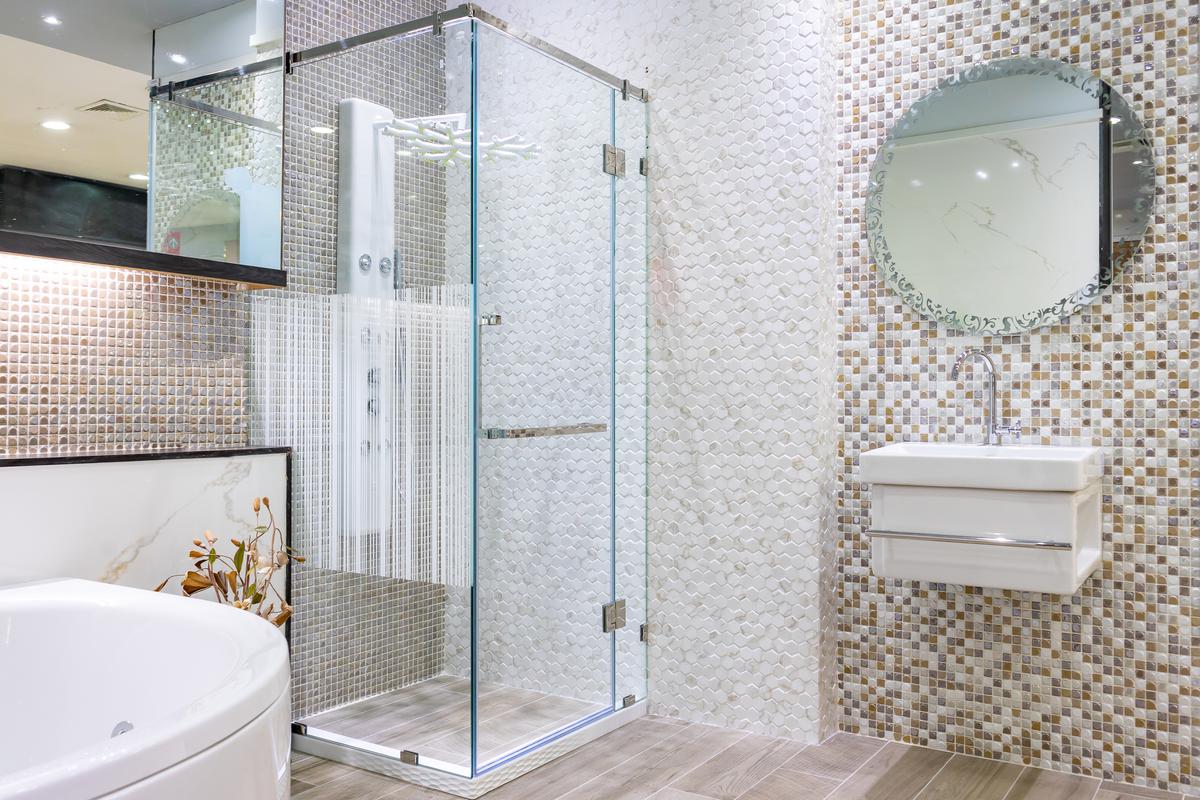
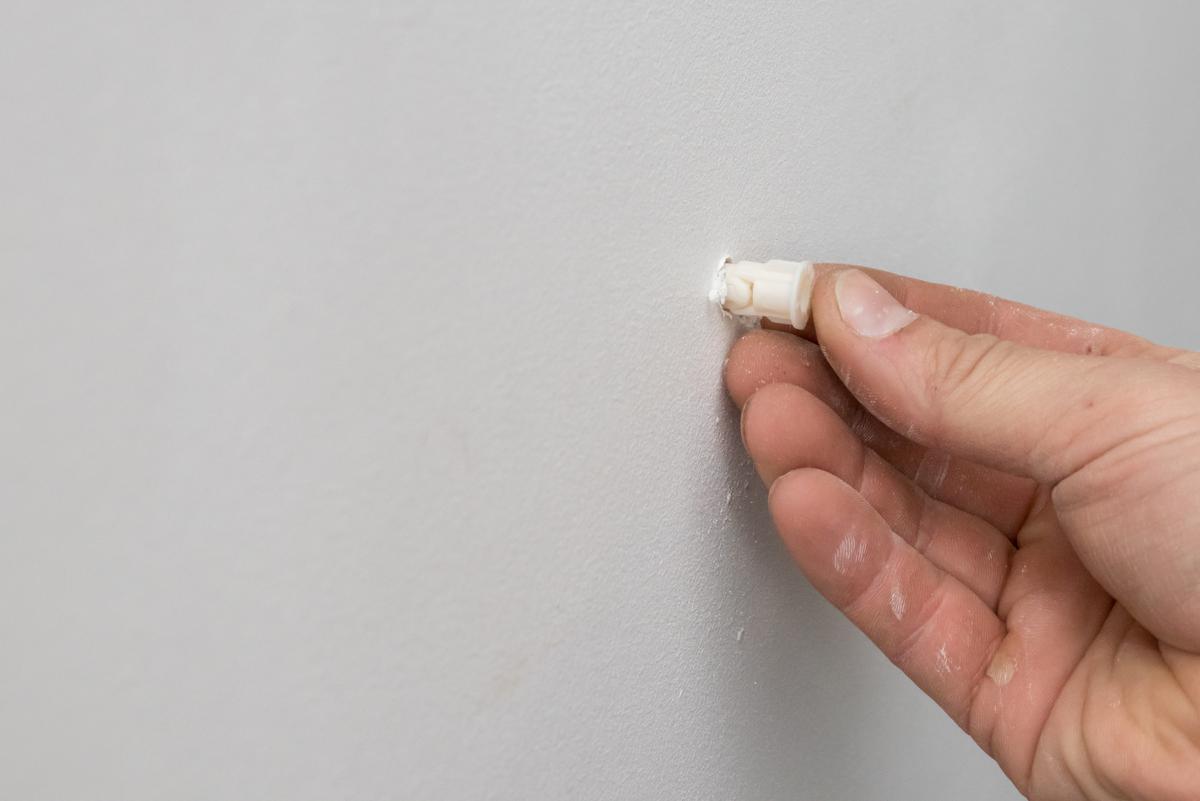
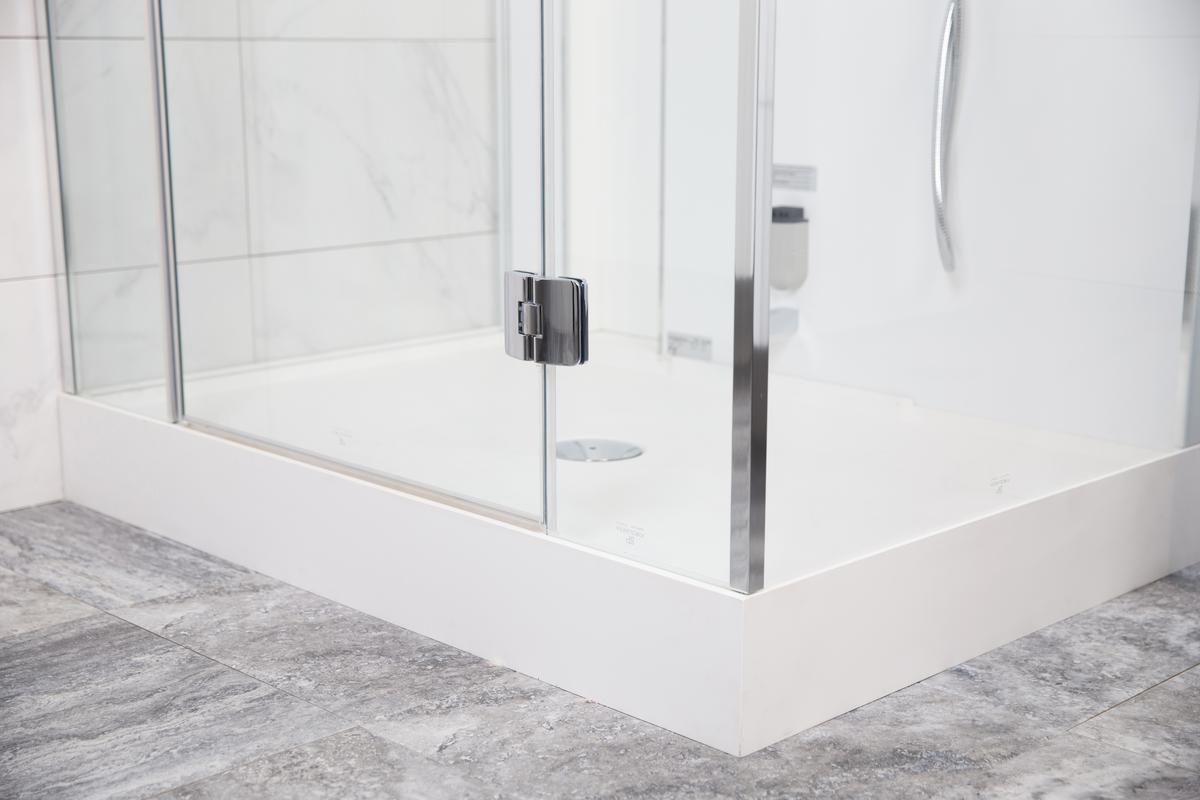
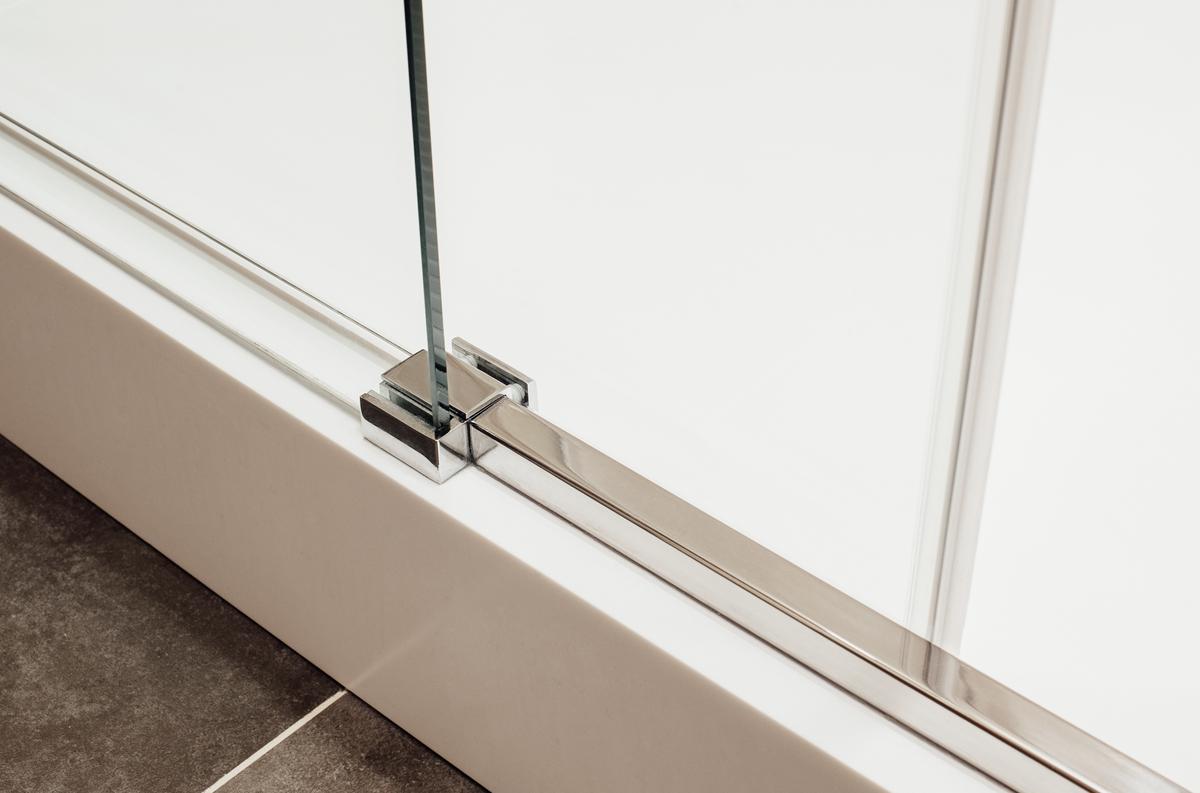

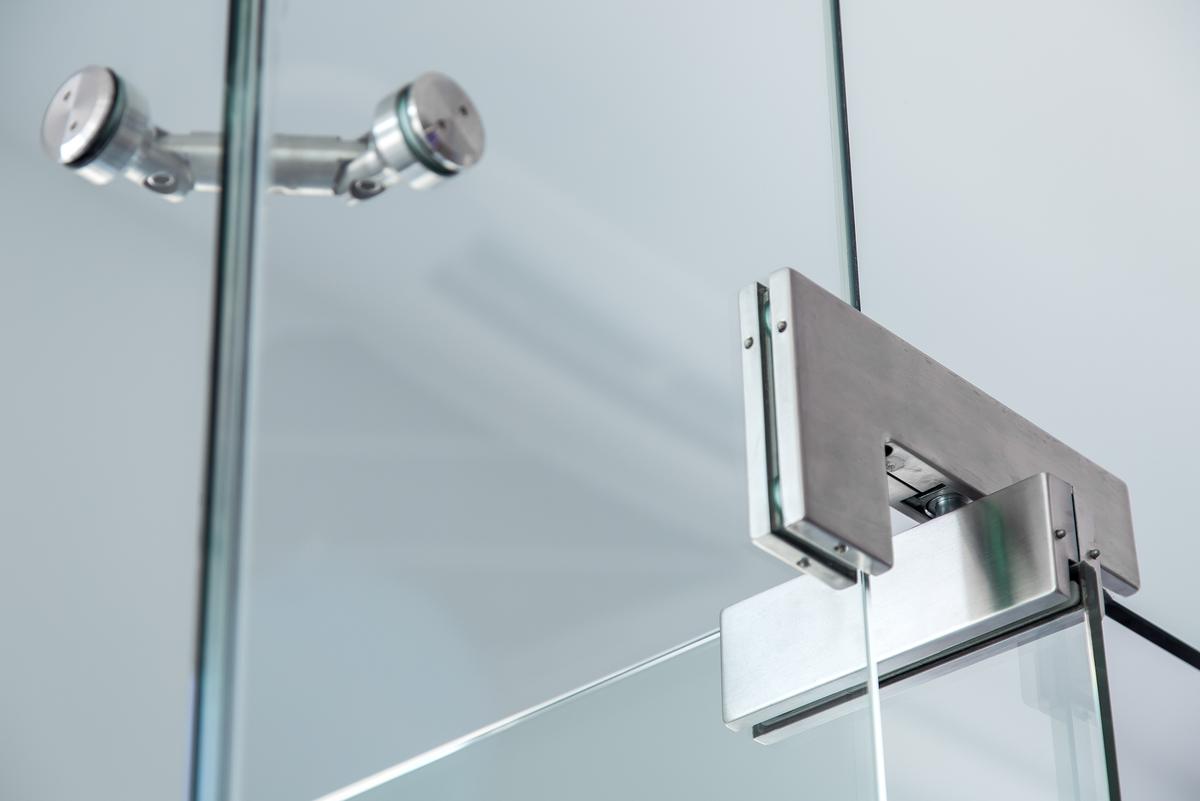
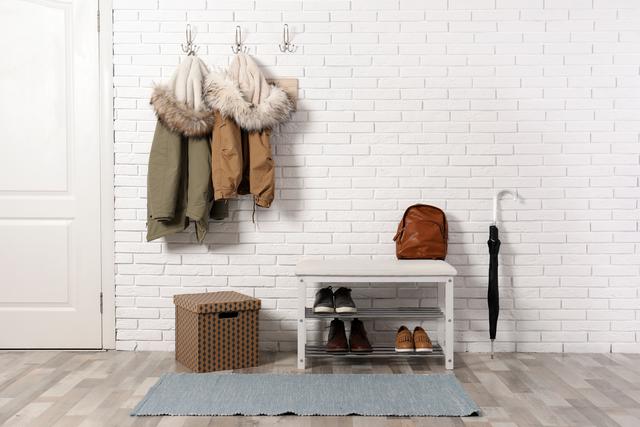
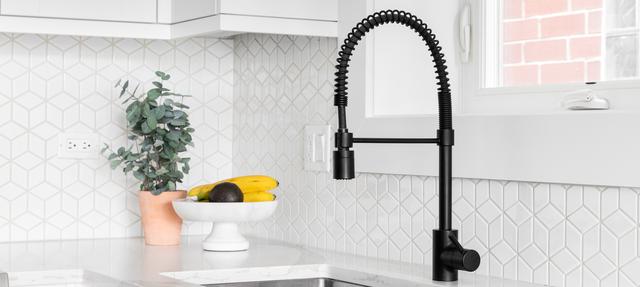
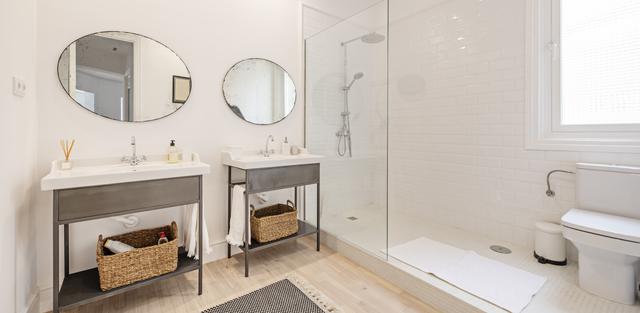
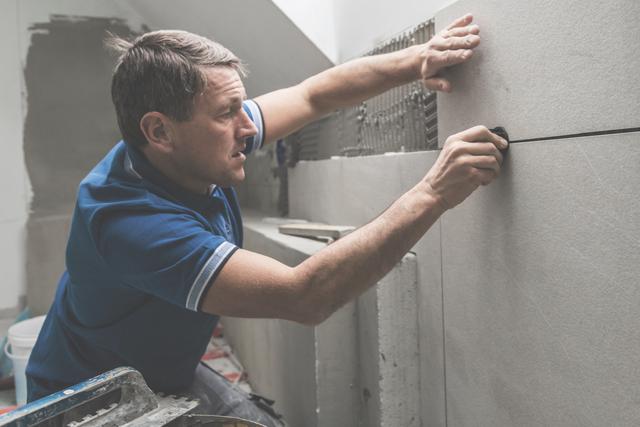
comments